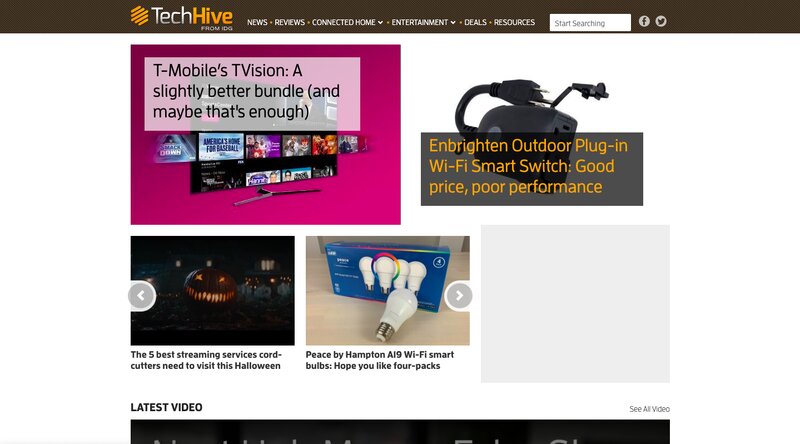
When it comes to TV ratings, the most important factor is the number of people watching the show. A greater number of viewers means more ads during the program. But, viewers are not an indicator of the show's quality. The quality of the presentation and genre of the television program are just a few of the many factors you need to consider when judging it.
Nielsen is a leader in television audience measurement and statistical sampling. Nielsen employs panels of panelists who include household members to measure TV viewing habits. The company gives this information to TV networks and advertisers. They can, for example, determine the best time to air a new series. They can also monitor how often a specific show is watched and how much time it is watched.
Nielsen estimates are based on statistical sampling. This means that it doesn't attempt to estimate the number viewers on every cable or digital antenna in the nation. Instead, it uses a representative sampling, typically a group of around 20,000 households. It sometimes conducts special tests in order to verify its accuracy.

Although viewers are the most important aspect of getting a television show off its feet, the number and quality of ads spent on the show is even more important. Because a network has a greater chance of recouping its investment in the program if they have a higher rate. A higher rating can also mean more advertising revenue. Producing a show with a good rating is the best way to get in the door.
The Big Bang Theory is an example of a show with a high rating. TBS makes a lot from it, even though it's a sitcom. Other shows that have been successful include ABC's The Office and Fox's Felicity.
Notable examples are the NCAA gymnastics championships. These have reached a new peak in viewership. Even though it's a small feat of engineering, NBC Sunday games are amongst the top three primetime programs among women aged 18-34. NBC's six-game streak last season saw fewer than 1 million viewers, despite hockey and basketball being so popular.
TV is an entertainment medium that is well-loved. There are approximately 121 million households in America with TVs. Nielsen reports that 60% of the broadcast audience is female. Their purchasing power accounts for over half of all consumer purchase. To this end, networks are actively seeking shows that will increase their ratings.

Like any other industry, there is intense competition for viewers. There are some shows that have actually steered their viewers in the wrong direction. The Wild-Blues saw its ratings rise from 0.43 to 0.41. ABC's Hockey Saturday however, which has been broadcast for seven seasons, has seen a record number of viewers.